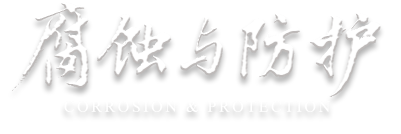Abstract:
A 90° vertical bend under the condition of liquid-solid two-phase flow was taken as the research object, and an erosion model was established. ANSYS-Fluent software was used to simulate the erosion corrosion of four flow tubes A, B, C and D. At the same time, an indoor erosion test platform was established, and the erosion failure law of the three parameters of particle inlet flow velocity, particle size and mass flow rate under four flow conditions was analyzed and compared with the simulation results. The results show that the experimental results were basically consistent with the simulation results, and the inlet flow velocity and particle size had the greatest influence on the erosion of the bend, and as the particle inlet flow rate increased, secondary flow began to appear in the flow field. When the particle inlet flow rate was small, the erosion of the elbow in the type A flow direction was the most severe. When the particle inlet flow velocity was large, the erosion bend under B-type flow direction condition was the most serious due to the secondary flow intensified, and the A-type and C-type flow conditions are the second, and the erosion of the bend under D-flow conditions was minimal.

 下载:
下载: